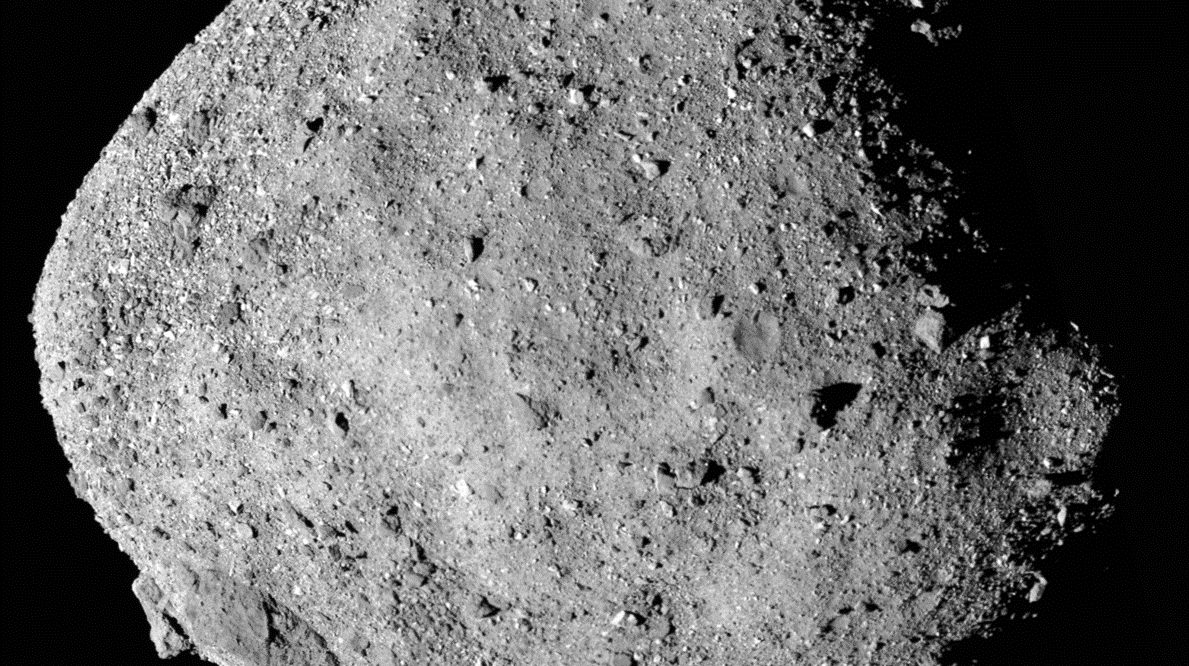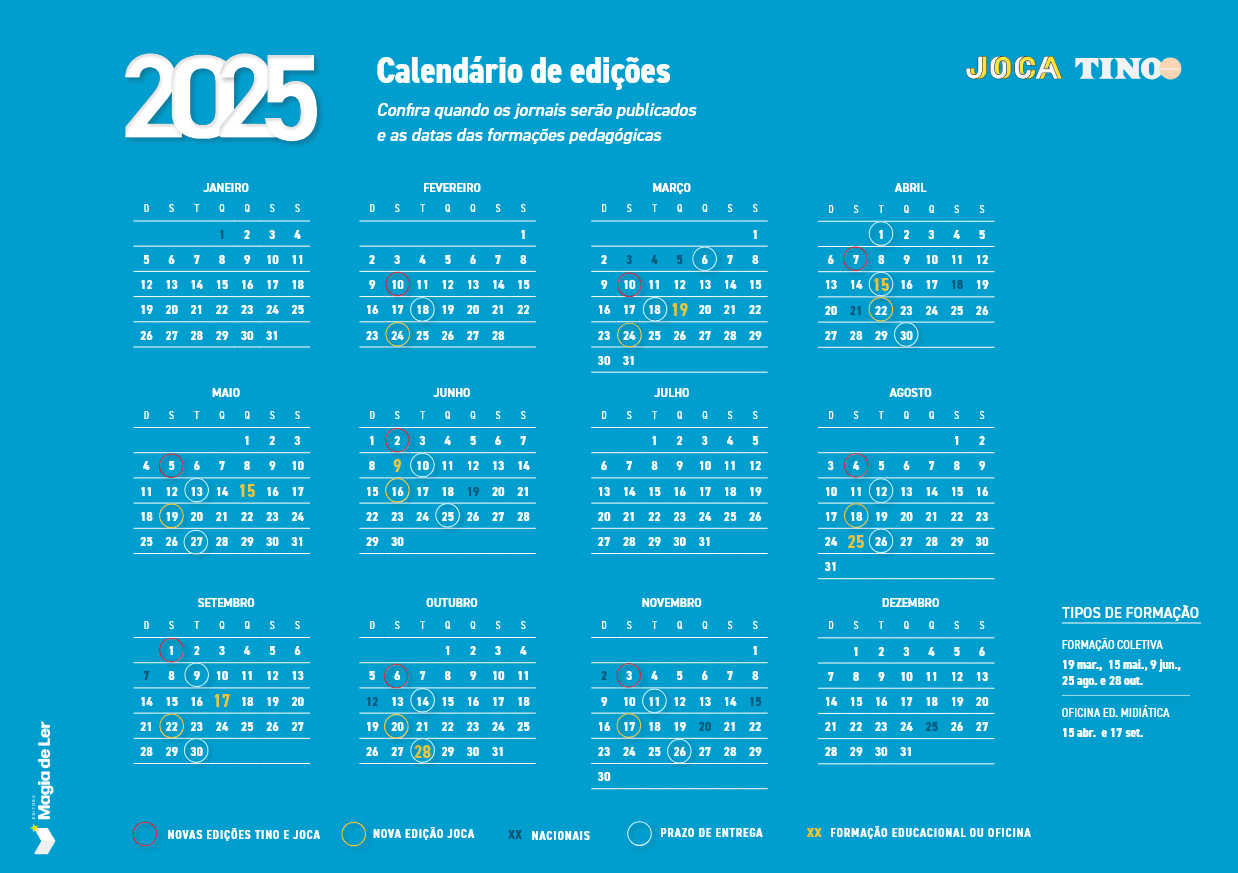Edições Impressas
19 de outubro de 2023
Asteroid sample collected by Nasa lands in the us – Level 3
Article published in Joca 213

On September 24th, NASA (the United States’ space agency) successfully brought to Earth a sample of rocks and dust collected from the Bennu asteroid, a celestial body believed to have formed close to 4.5 billion years ago (see more about this in the Solar System timeline).
A capsule with the material was ejected by OSIRIS-REx (the spacecraft that collected the sample with a mechanical arm) and landed via parachute in a wide area designated for military training in the state of Utah. It is estimated that Bennu has remained virtually unchanged since the Solar System was formed. Thus, analyzing the material might help better understand how planets were formed, as well as reveal more details about the origin of water and other elements that were essential for the emergence of life.
Before this sample, only two other missions, both from the Japanese space agency (JAXA), had successfully brought back asteroid samples to be examined. JAXA collected microscopic grains from the Itokawa asteroid in 2010, and about fi ve grams from Ryugu in 2020. The amount of matter collected by NASA is estimated to be 250 grams.
Bennu is also monitored for the risk, albeit low, of colliding with Earth.
BENNU ASTEROID
☞ Discovered on: September 11th, 1999.
☞ Diameter (internal distance between two extremities): 492 meters (the height of 13 Christ the Redeemers stacked on top of each other).
☞ Orbit: completes one orbit around the Sun every 1.2 years and approaches the Earth every six years.
SOURCES: AJJAZEERA, ESTADÃO, G1, NASA, NBC, AND THE UNIVERSITY OF ARIZONA.
Ixi! Você bateu no paywall!
Ainda não é assinante? Assine agora e tenha acesso ilimitado ao conteúdo do Joca.












Você precisa fazer o login para publicar um comentário.